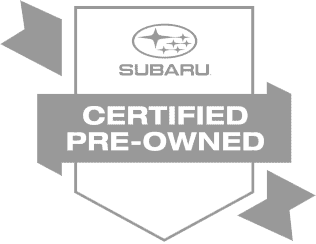

There's something exciting about driving off the lot in a new car. Did you know that the way you drive your new vehicle for the first 500 to 1,000 miles can help determine the engine's health later on? While the modern break-in period may not be as extensive and involved as the break-in required for older engines, there are still some things that you should know about driving your new vehicle.
At Capitol Subaru, we want to make sure that you have important information about your Subaru at your fingertips, which is why we've written this article. Below, you'll find tips on how to make sure your Subaru gives you top performance for years to come. The basic thing to know is that parts like piston rings, valves, and others may not be completely settled in a brand new car. Following these steps can help them set as they should. There are other components that benefit from a gentle break-in period, as well, including the brakes and the tires.

5. Avoid Towing Anything
Even if you're driving a Subaru that's rated for towing, we recommend not towing anything until the break-in period is over. Towing can put extra strain on your engine, potentially making it harder for some parts to set.

4. Avoid Consecutive Short Trips
When you take your new Subaru out for a drive, we recommend making sure you give it enough time to warm up during the drive. That's because new engines are best able to get settled in when at normal operating temperature. Also, consider that the hardest part for an engine is starting up after much of the oil has drained to the oil pan at the bottom of the engine. While this isn't an issue when it comes to the new Subaru auto stop/start technology, it can be more significant when the engine is new and has sat long enough for the oil to fall to the bottom.
3. Accelerate Gradually
The urge to really open up the throttle and see what your Subaru is capable of may be strong, but we advise against flooring it. Instead, it's better for the engine if you accelerate gradually. What's more, it's best to keep revs under 3,000 RPM. This way, the break in process is more likely to go smoothly.

2. Try to Avoid Hard Stops
This is good advice no matter when you're driving. However, it's even more important during the break-in period. The brakes in your Subaru need to settle in, and making hard, sudden stops can keep them from doing so. You'll get the same advice when you have the brake pads changed, as well. Of course, surprises do happen on today's roads, so you can ignore this tip when emergency braking is necessary.
1. Vary Your Speed
Ideally, your engine should be experiencing a good range of speeds and RPMs as it settles in. While you should still keep below 3,000 RPM, it's good to vary how fast you go and how high the RPM is. To help accomplish this, we recommend avoiding cruise control until the break-in period is over.


Capitol Subaru of Salem
920 Auto Group Ave NE
Salem, OR 97301
- Sales: 503-587-5500
- Service: 503-587-5500
- Parts: 503-587-5500





